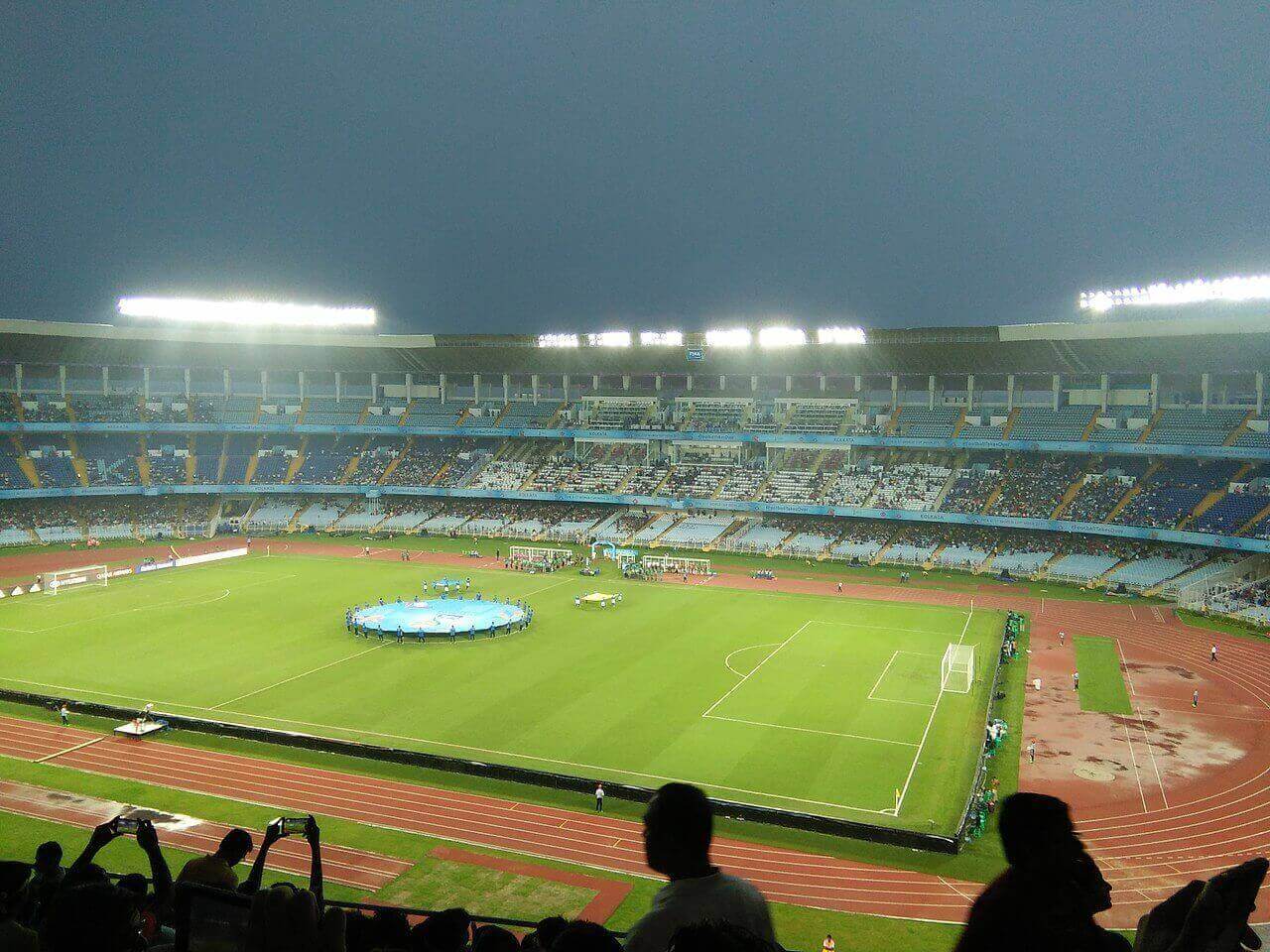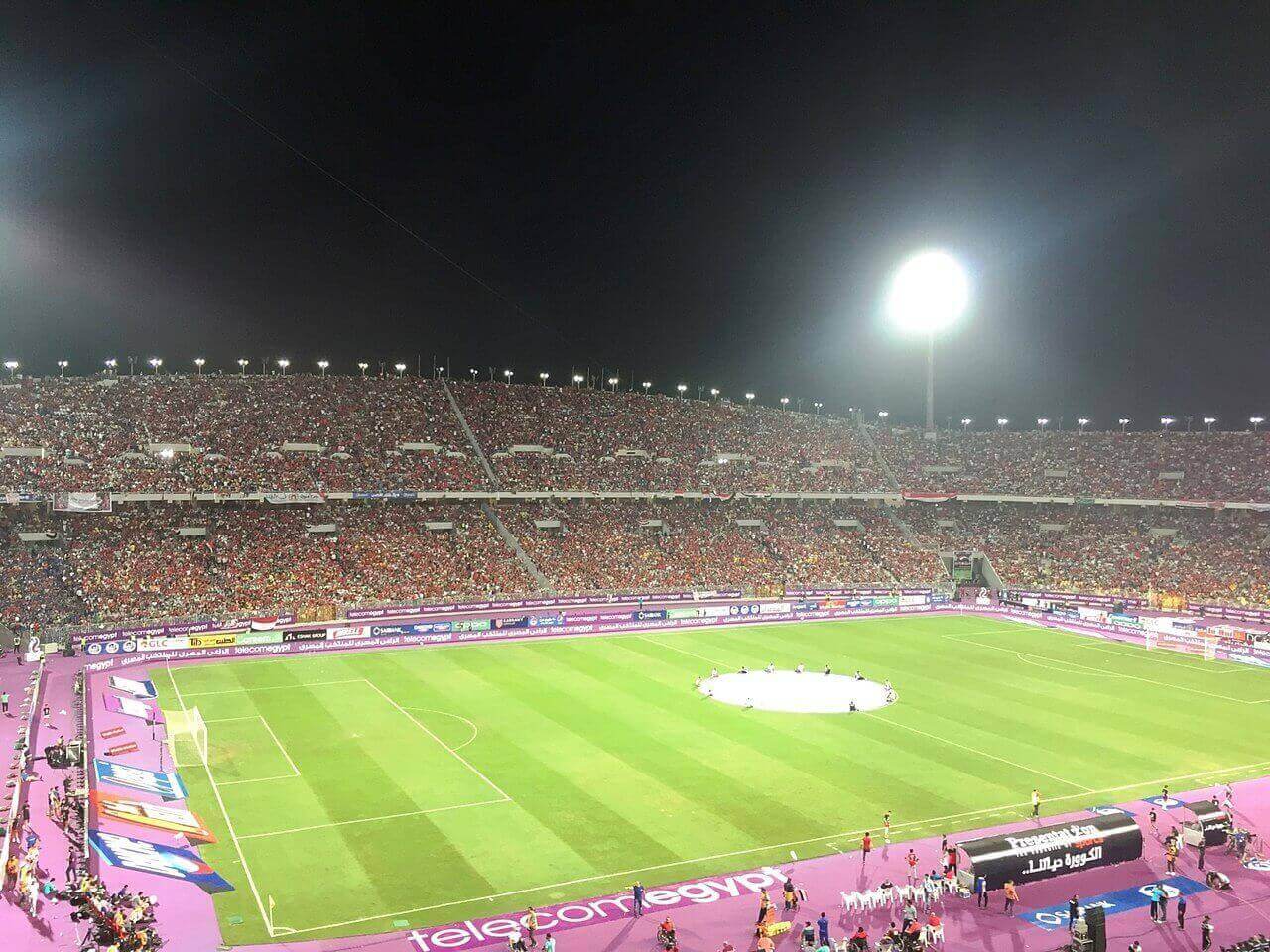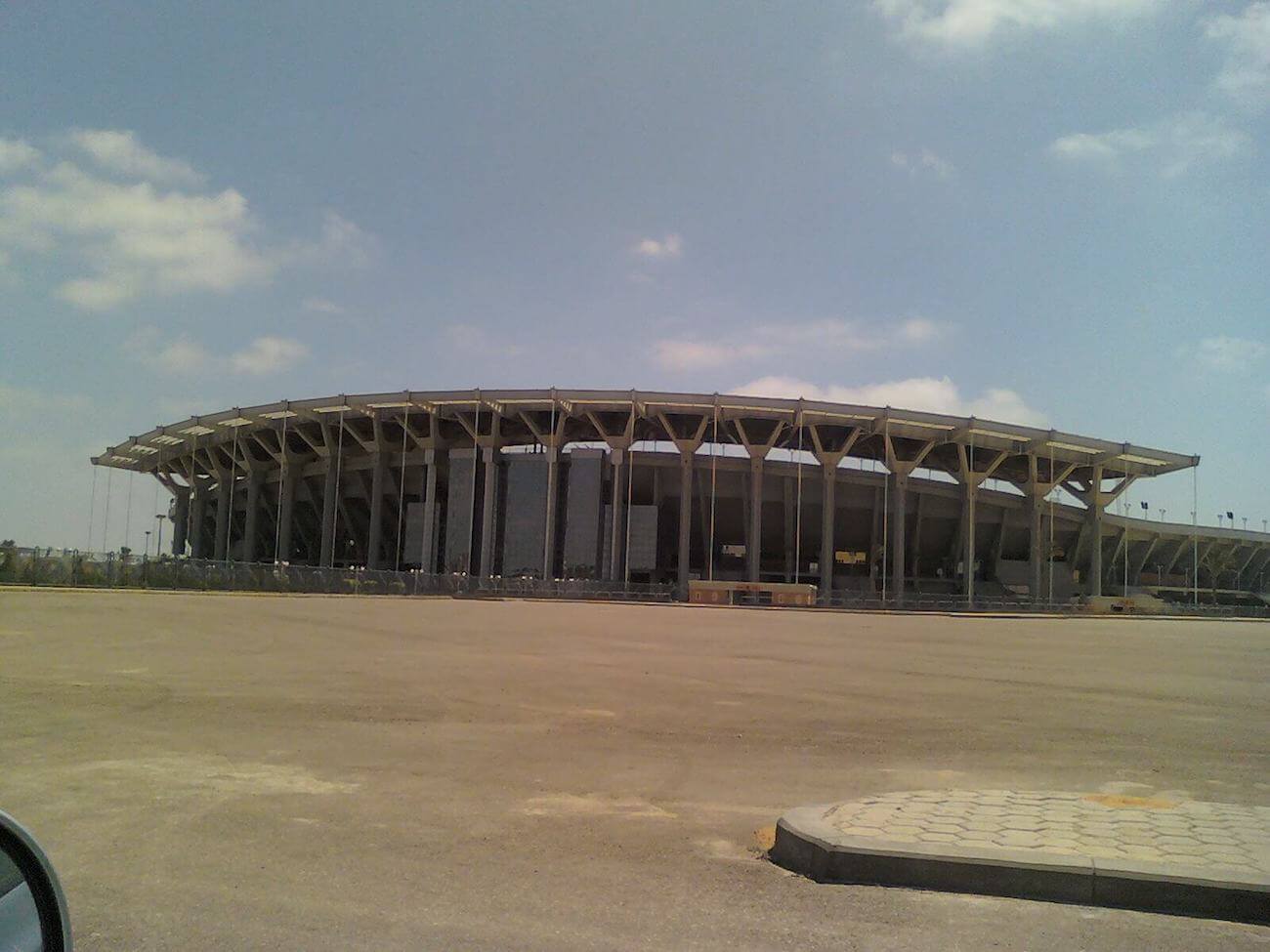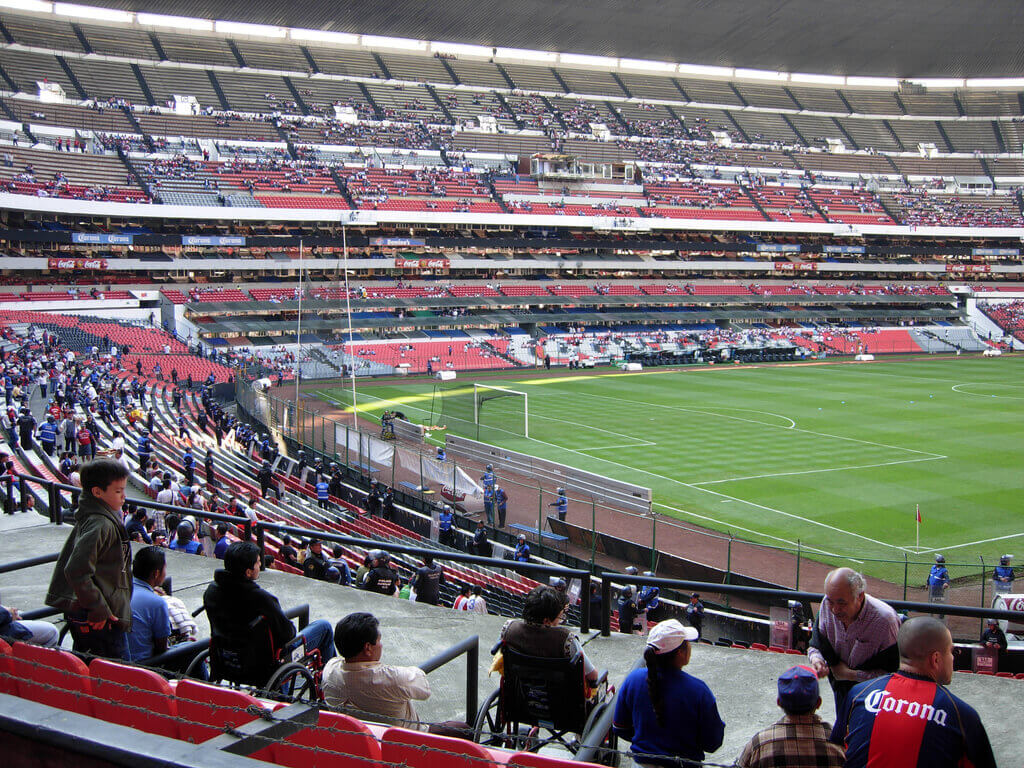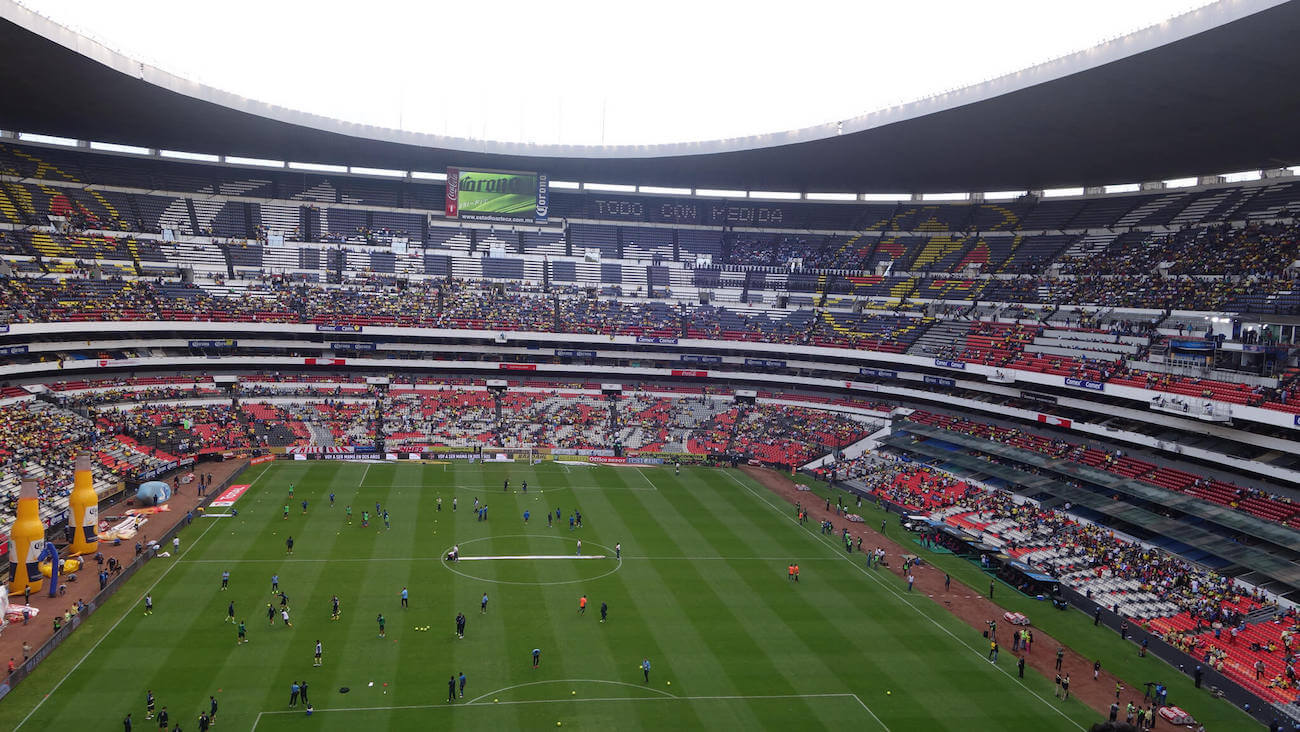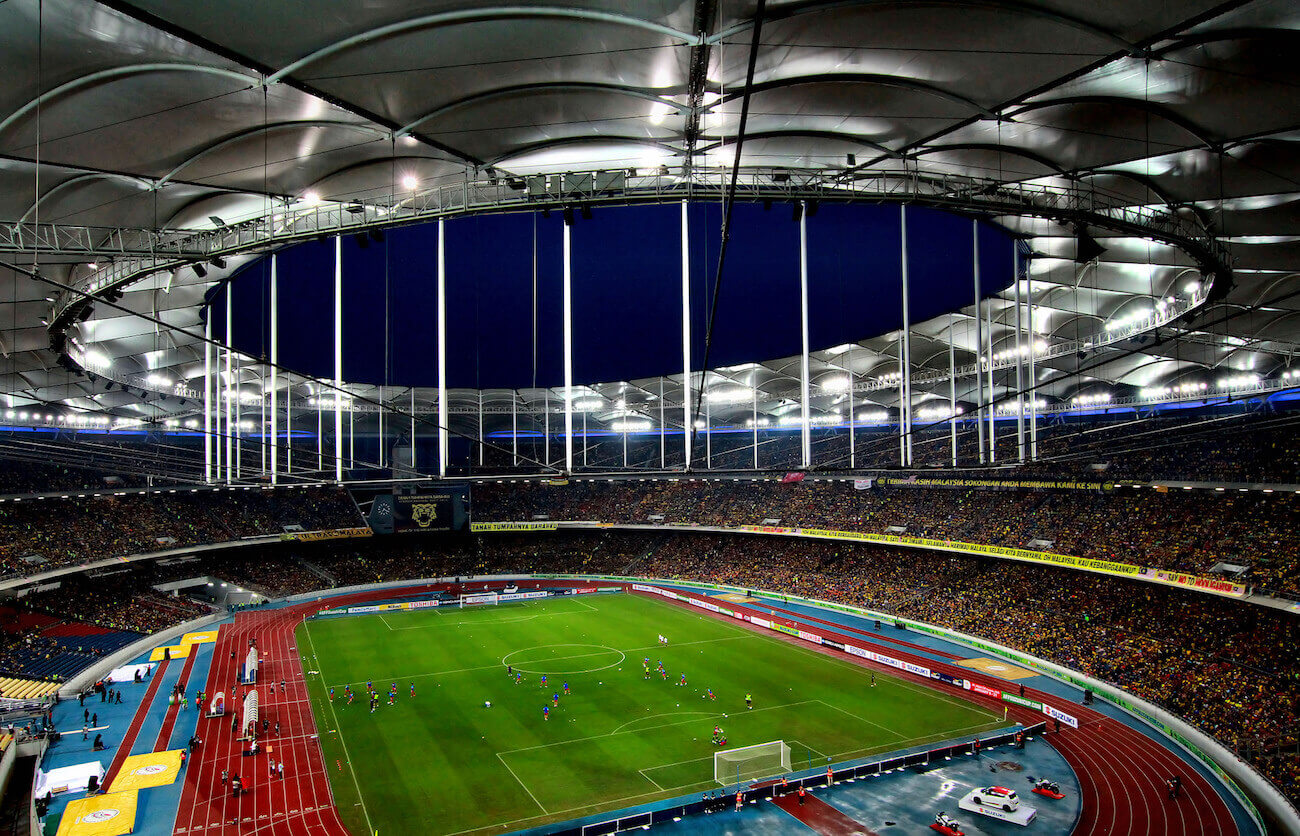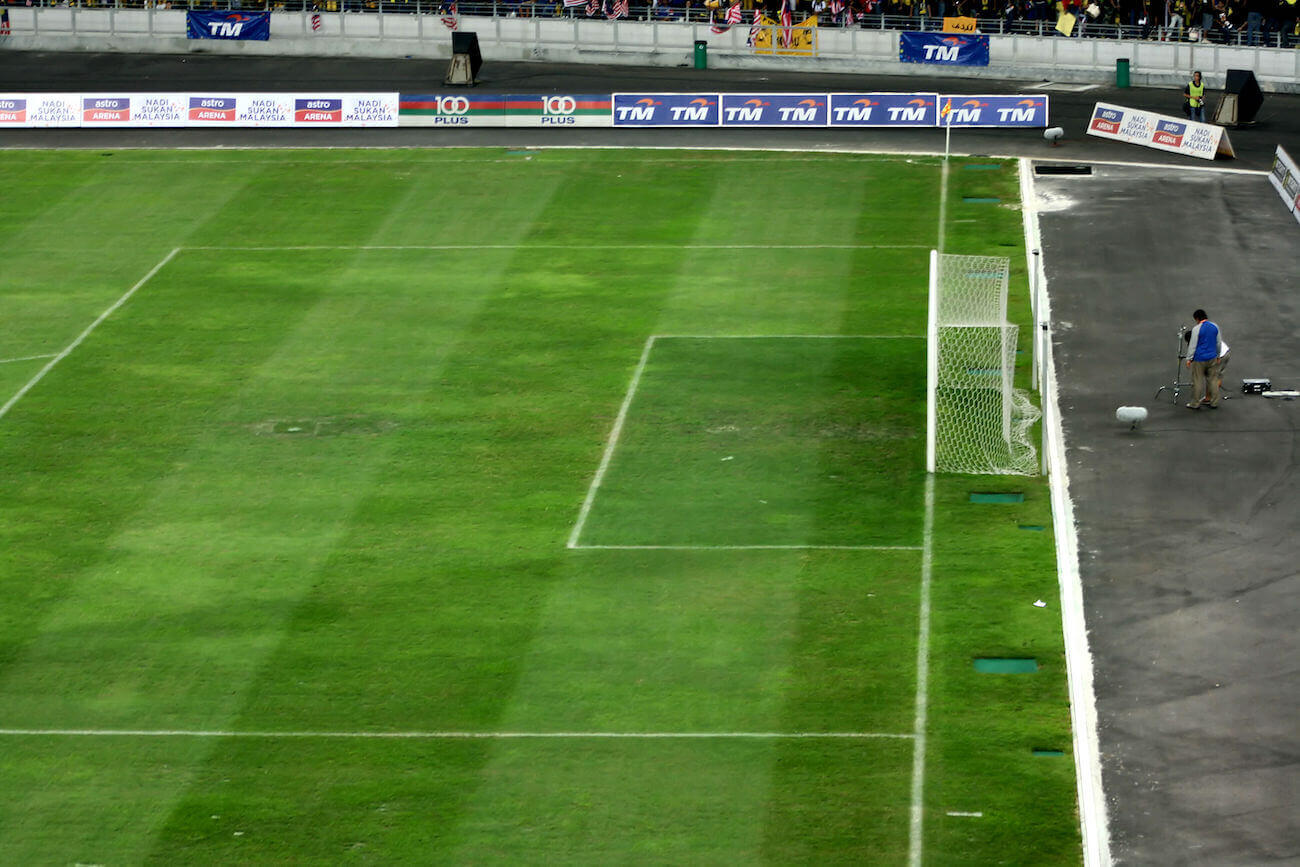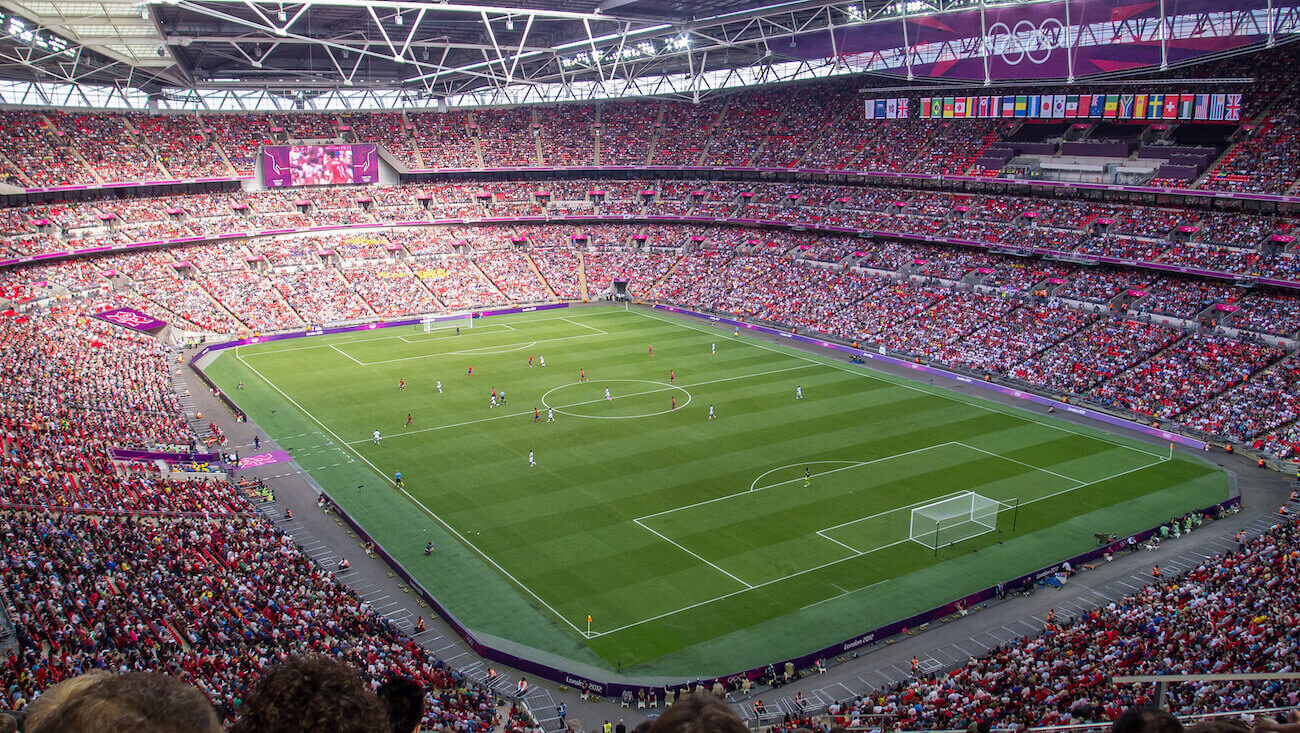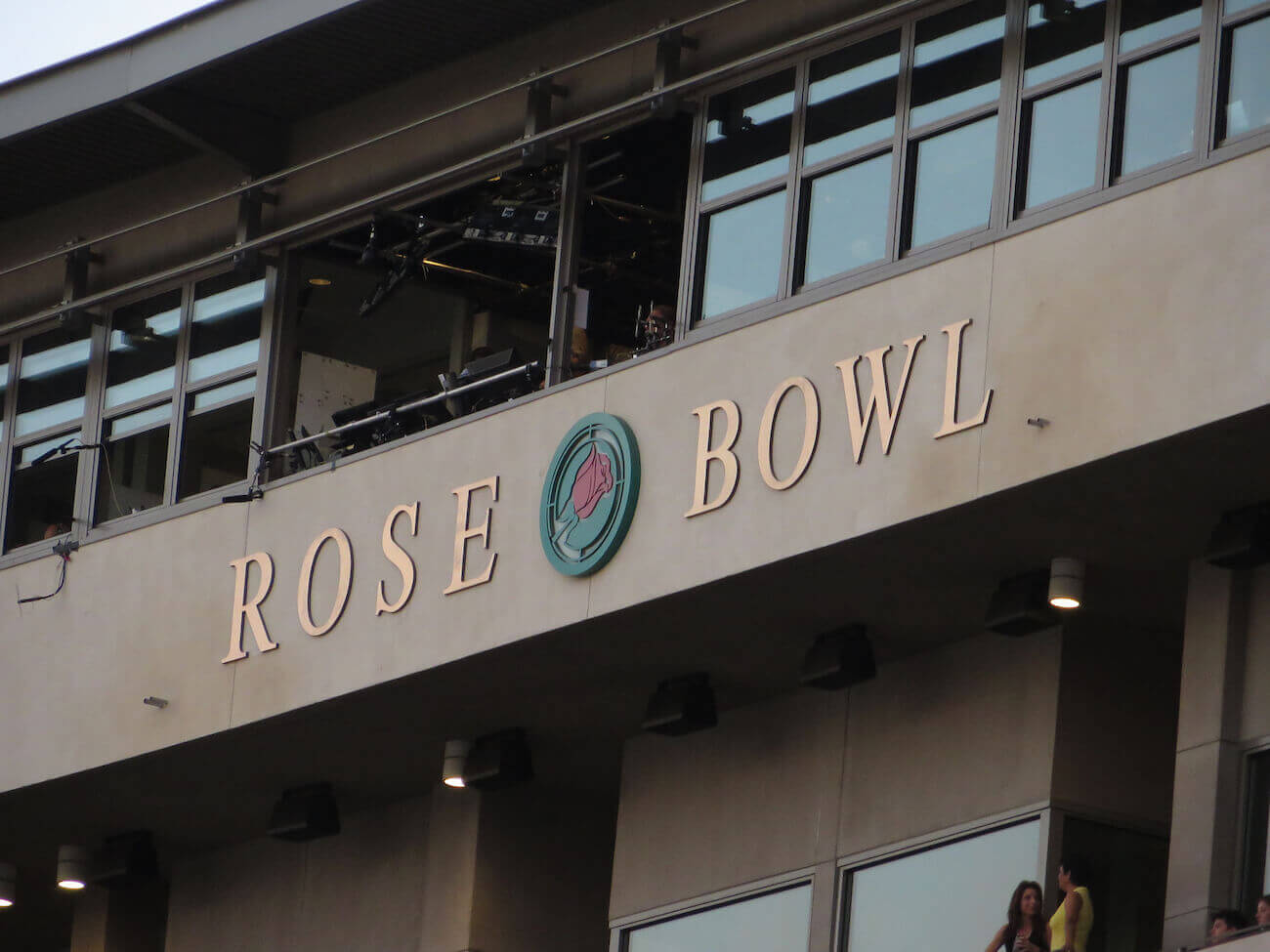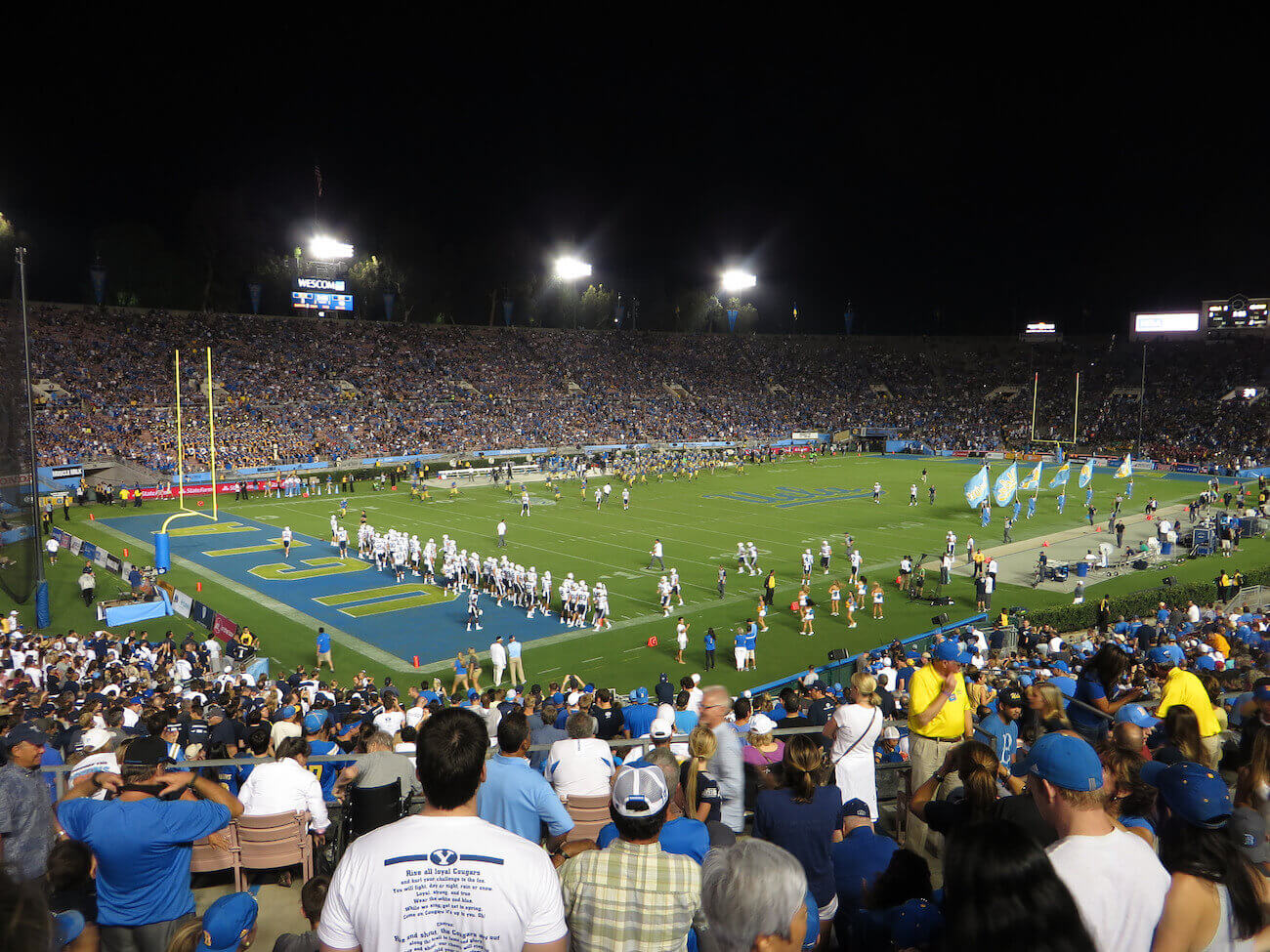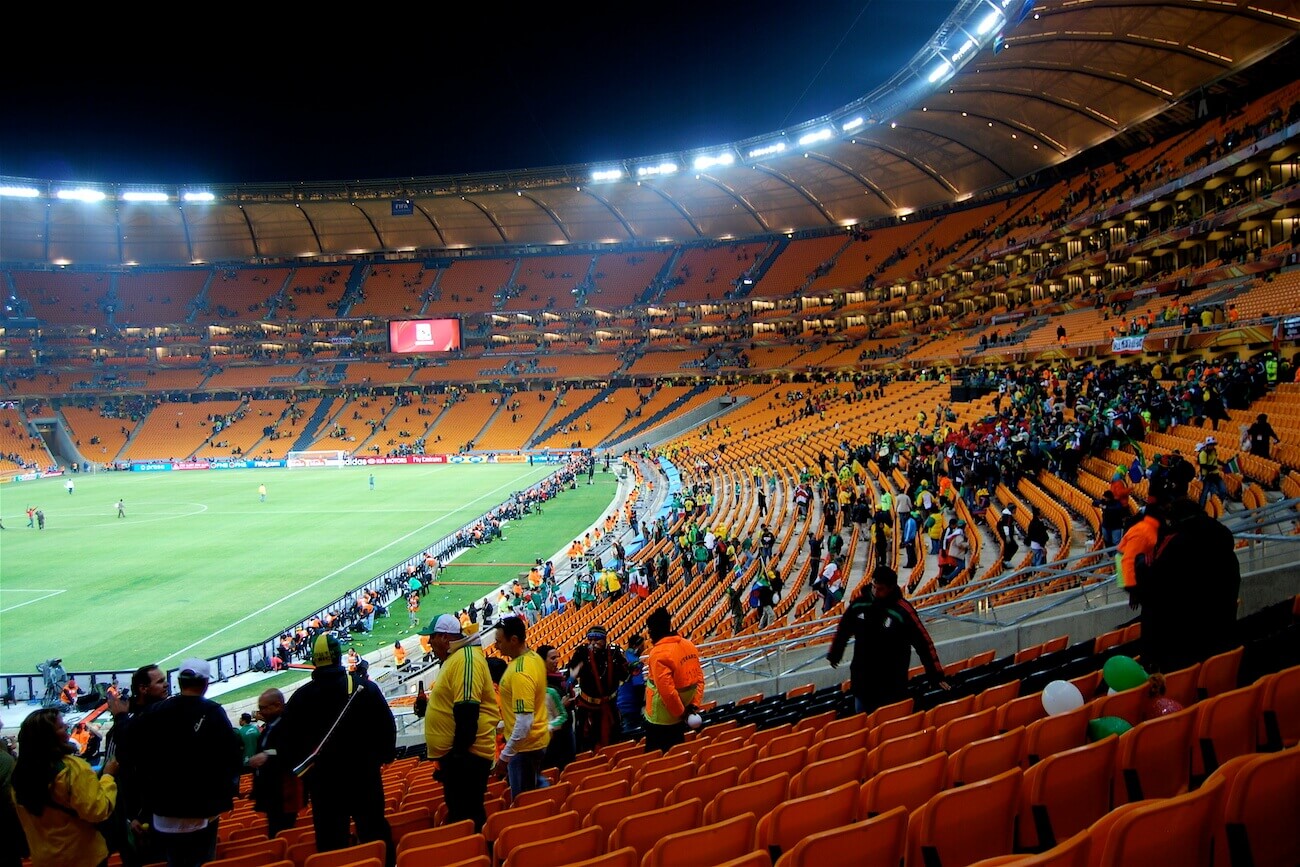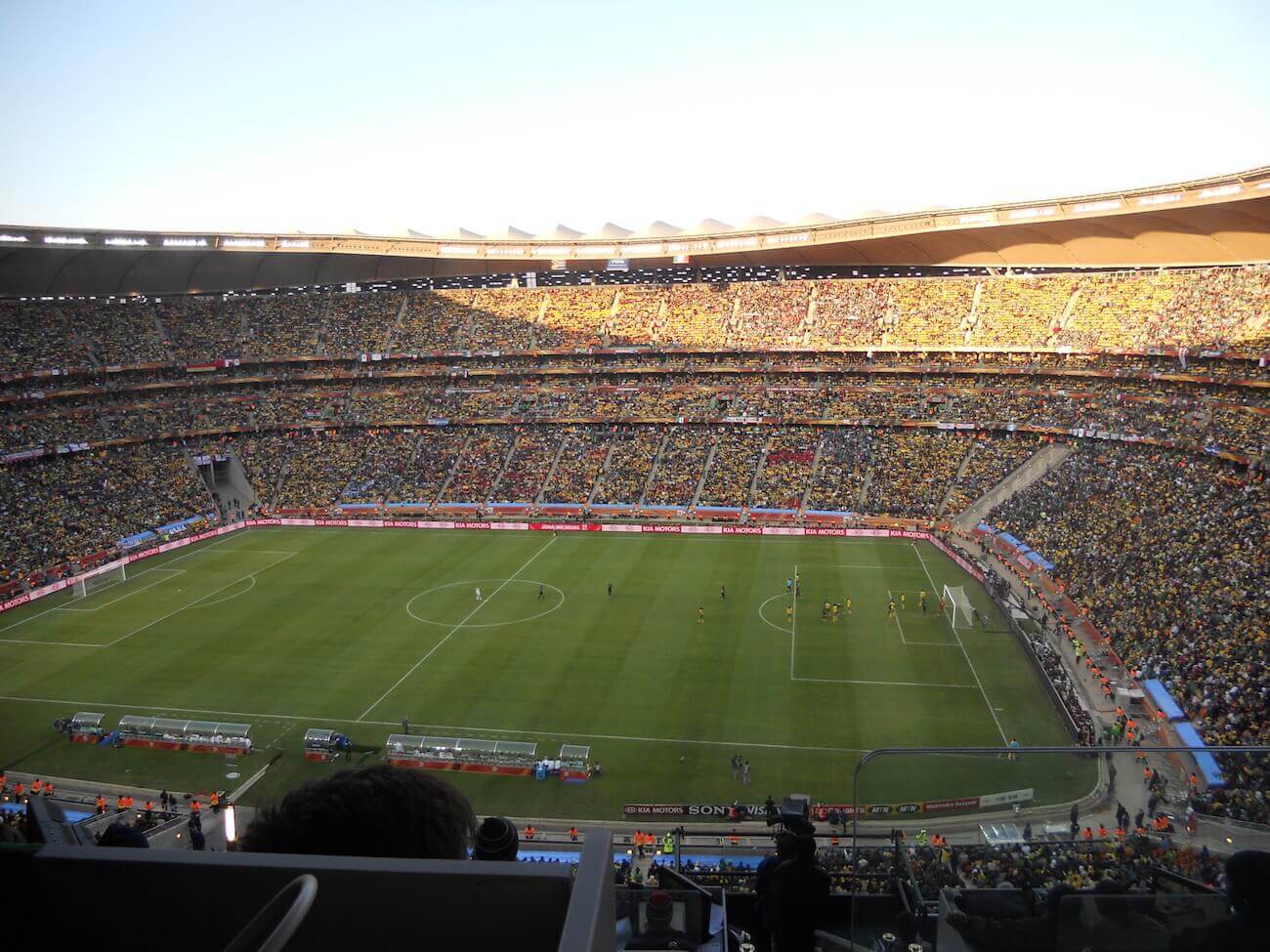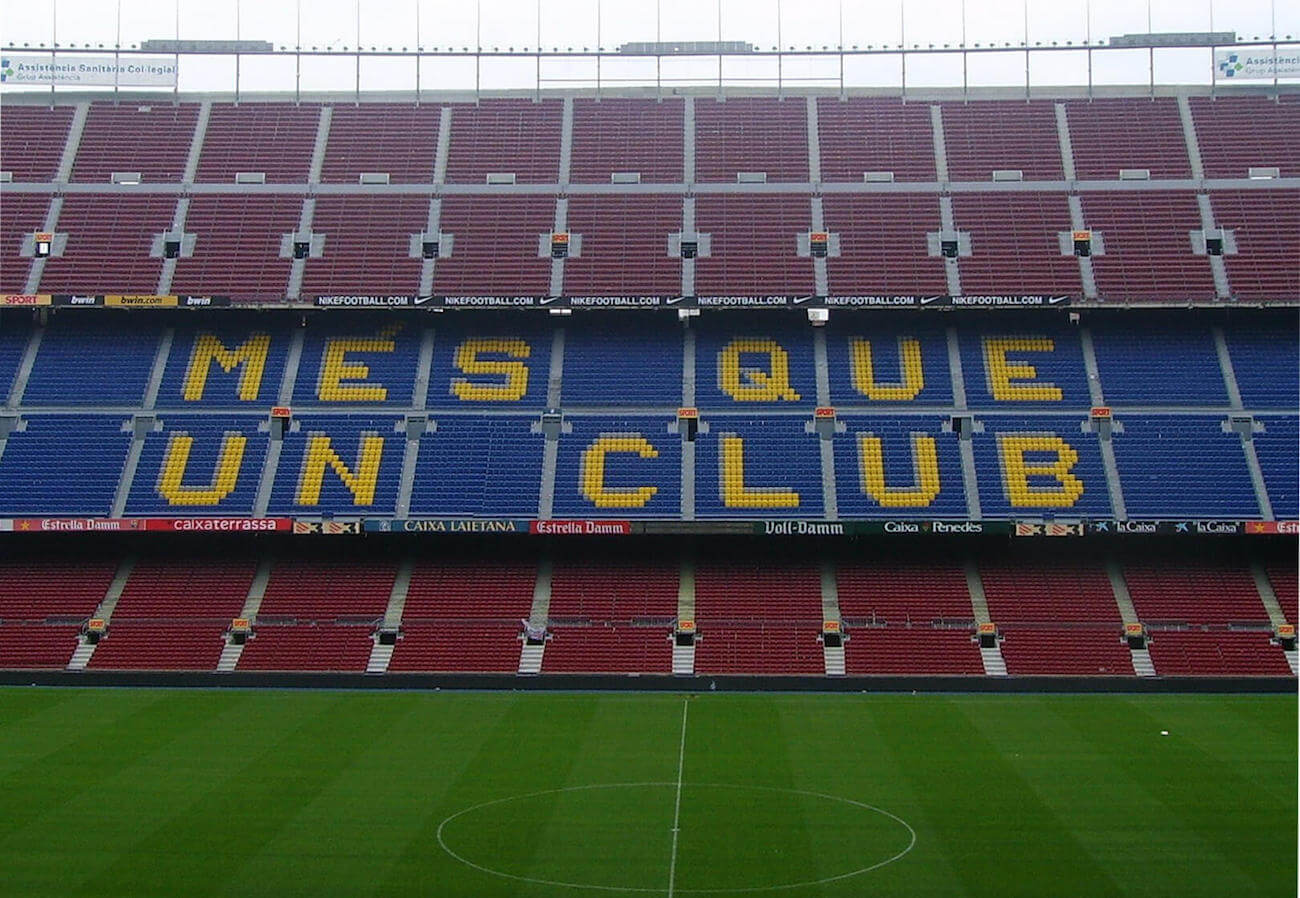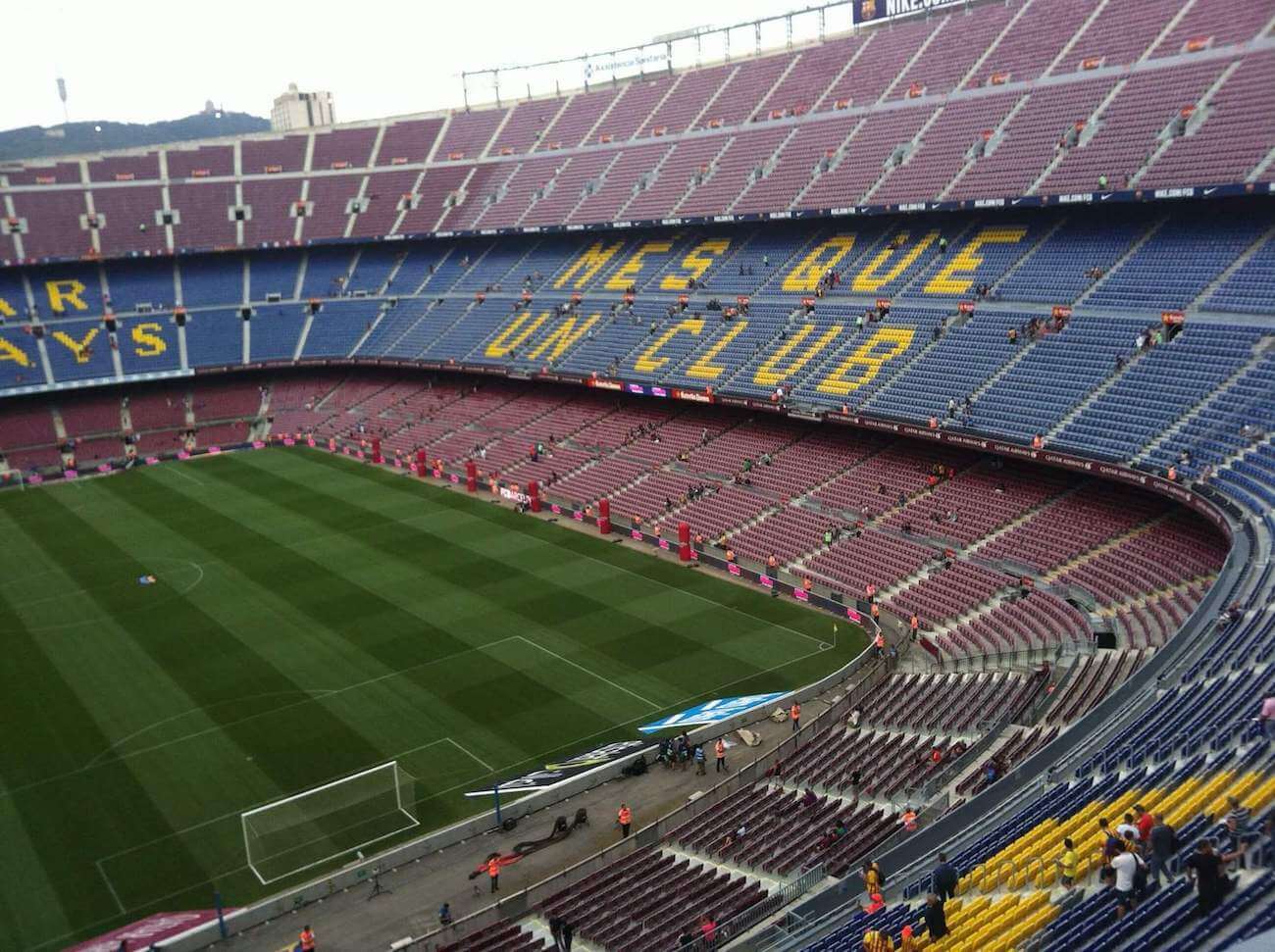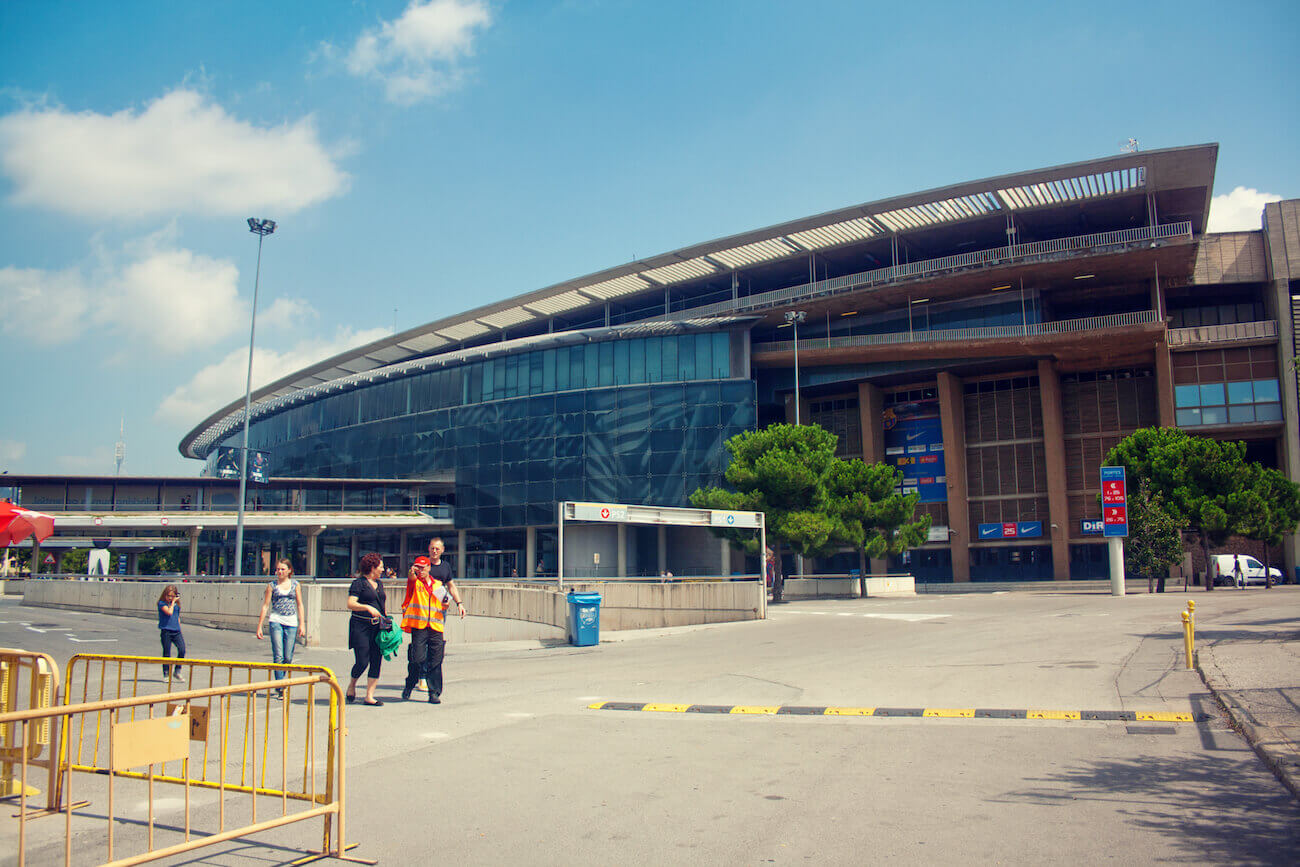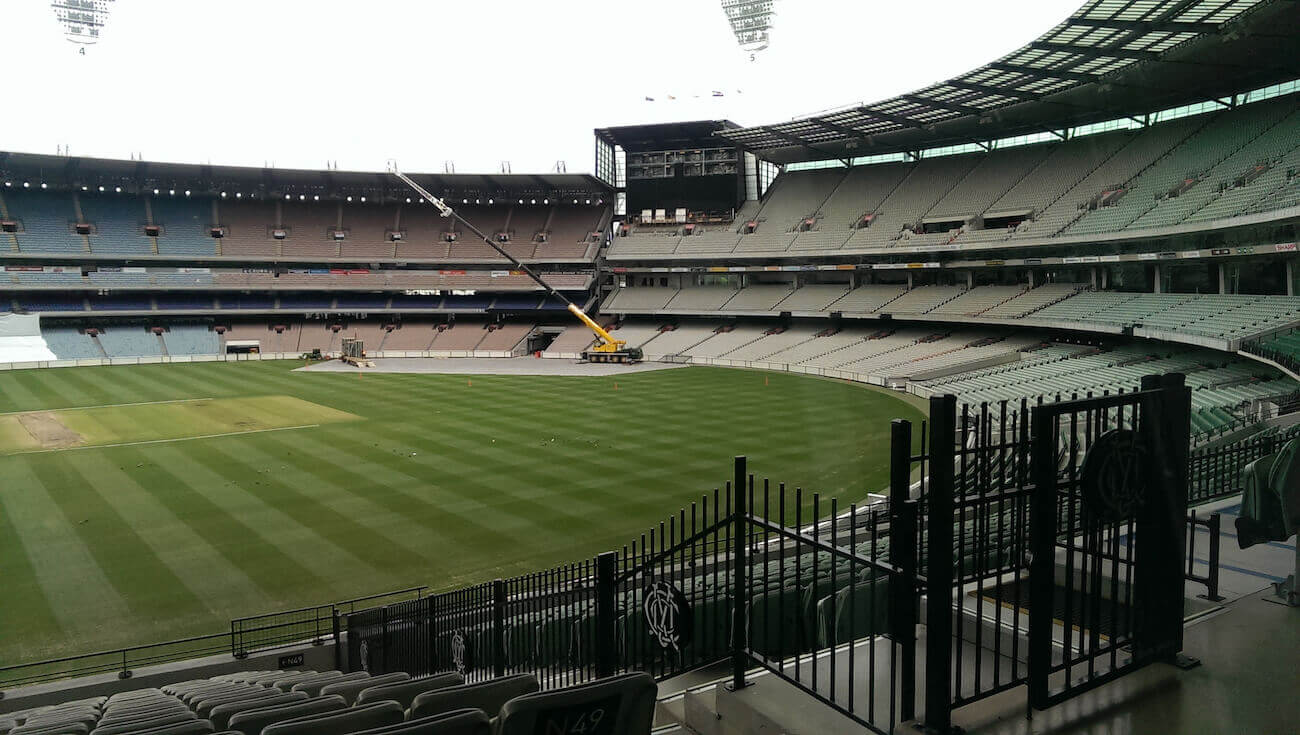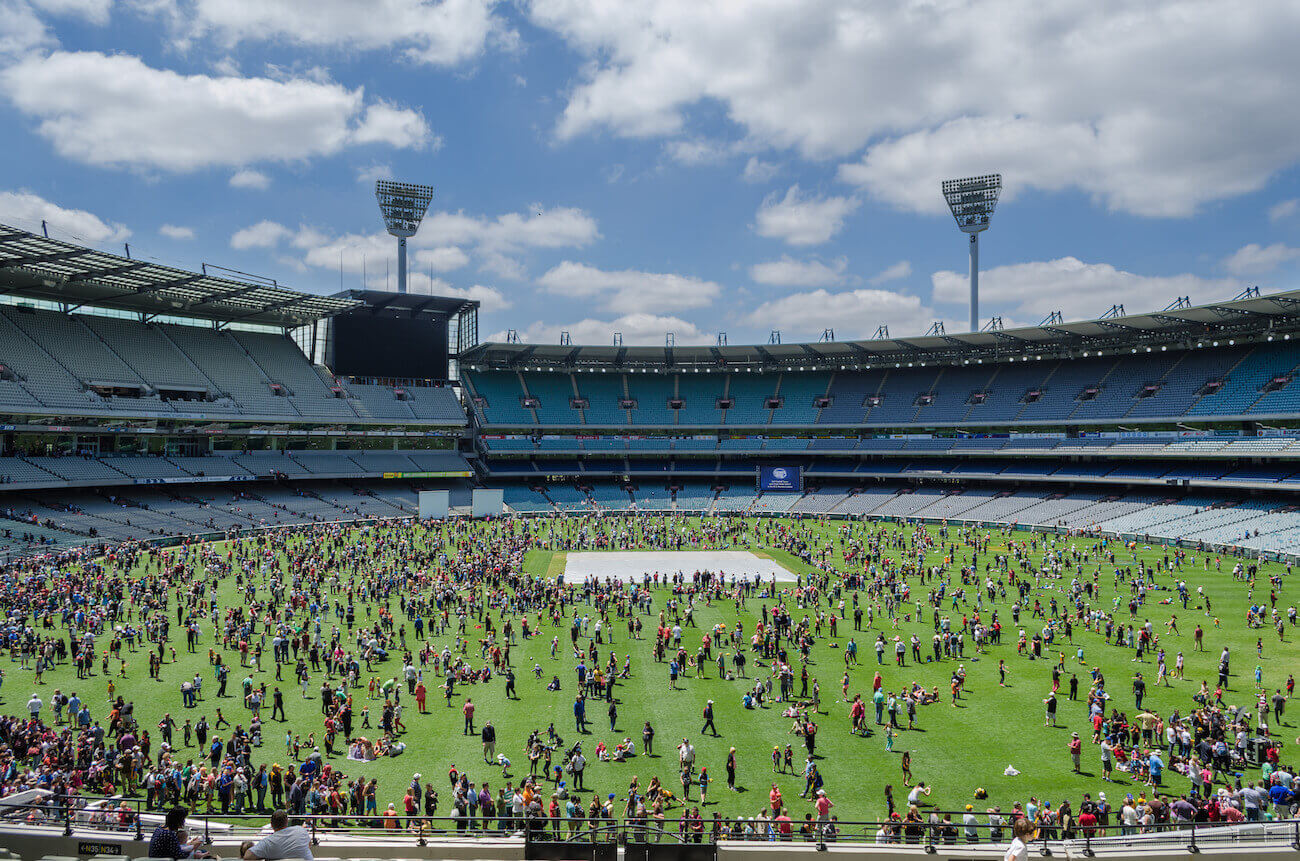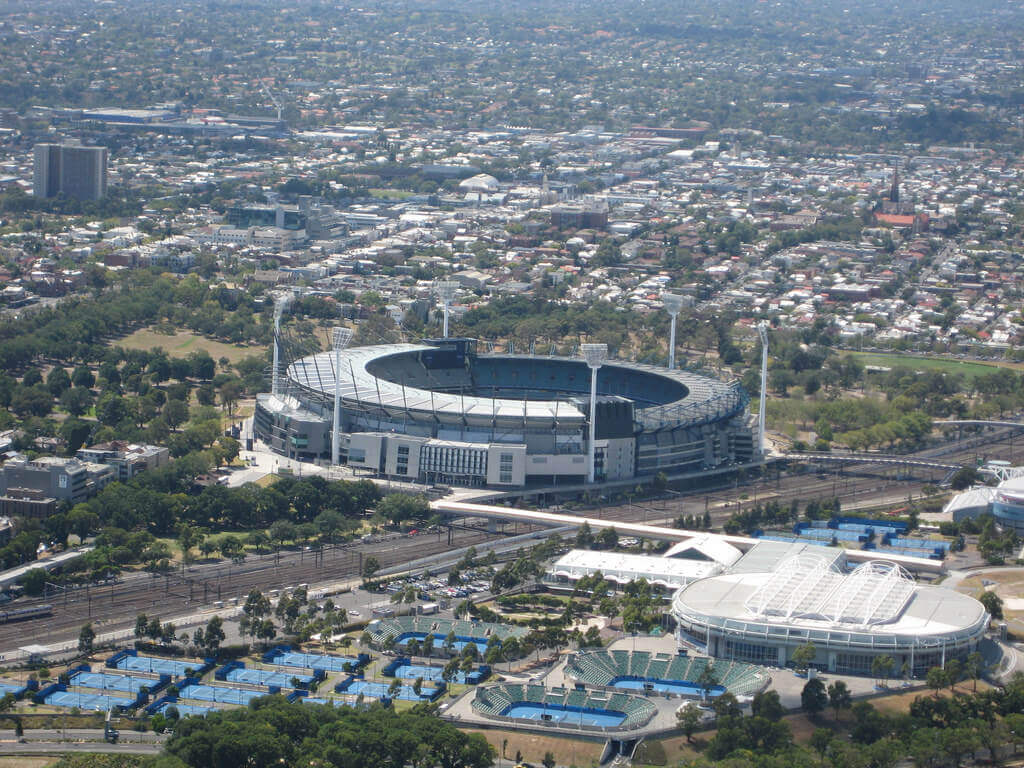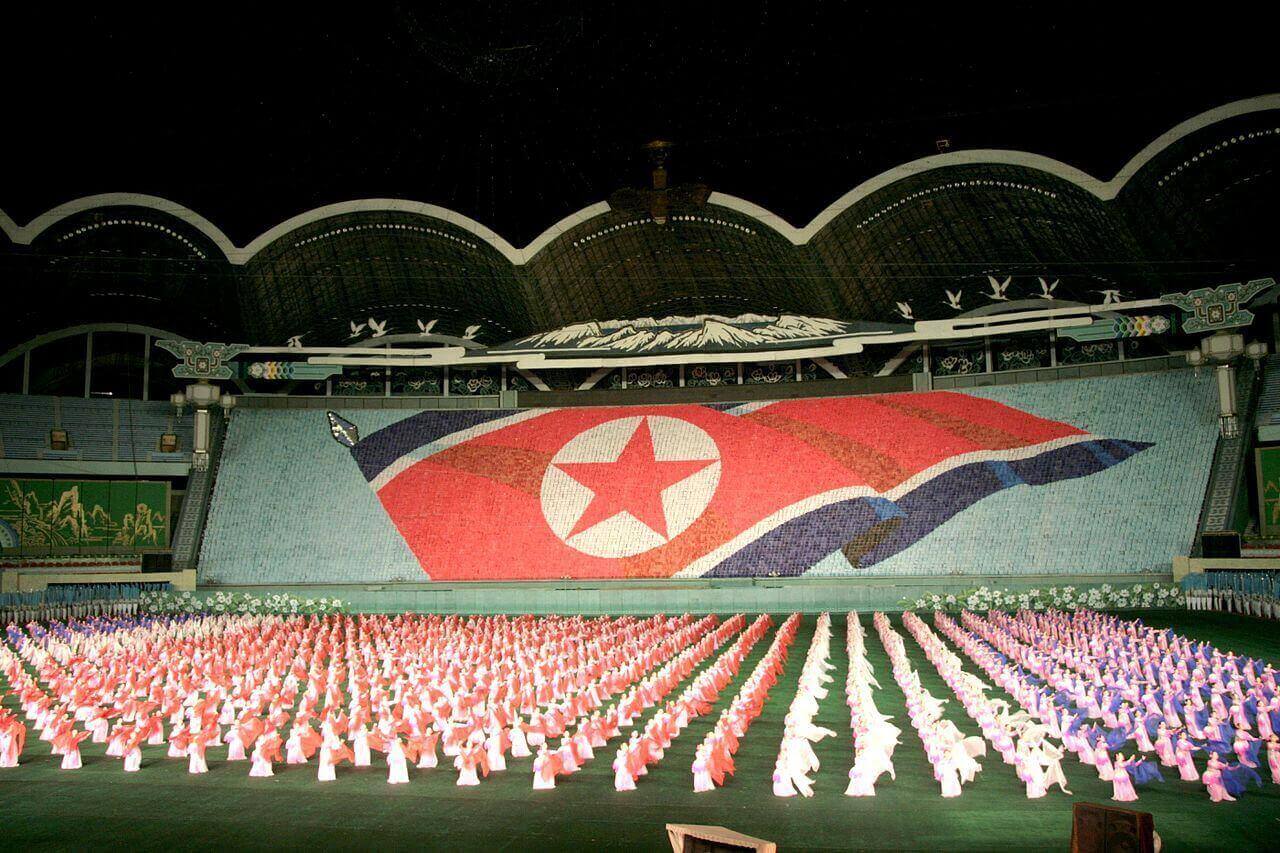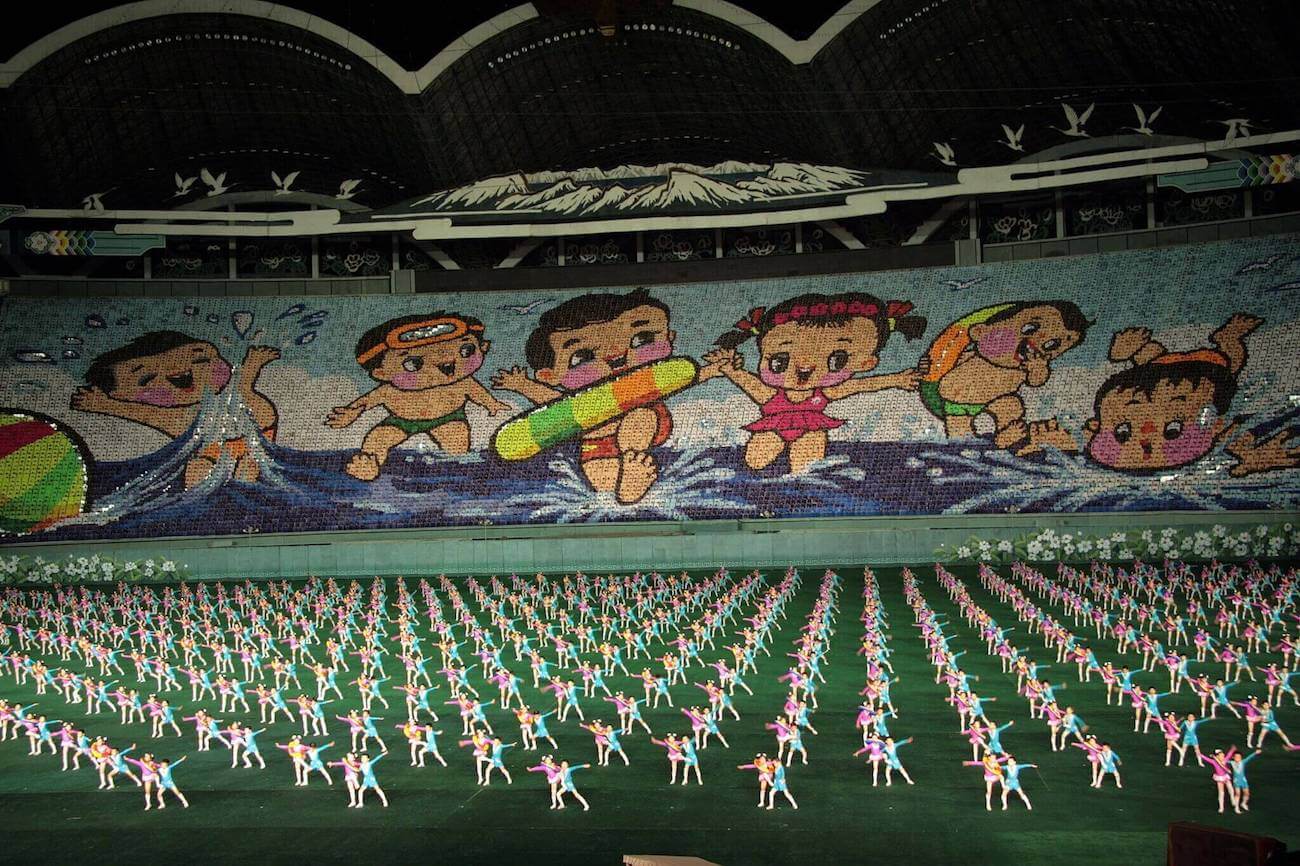Kolkata, India
Salt Lake Stadium
#10
85,000
India National Football Team, Mohun Bagan, ATK, Mohammedan SC
Previously the highest capacity stadium in the world, Salt Lake Stadium in Kolkata has fallen down a few rankings since its refurbishment in 2011. However, despite cutting its capacity by roughly 35,000, it is still the largest stadium in India – an impressive feat, given the country’s population and love for sport.
Indeed, it’s still 10th on our list after cutting tens of thousands of seats!
As well as the India national football team, Salt Lake Stadium is also the home of several teams from the I-League. However, no matter what soccer game you end up going to, expect a raucous crowd of passionate fans.

